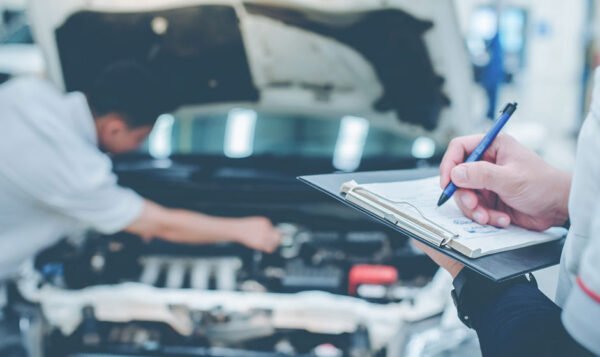What are The Risks Associated with Public Transport

The role of public transportation is vital in the routines of millions of individuals worldwide. It provides a cost-effective means of easing traffic congestion and supporting eco-friendly travel options. Nevertheless similar to any mode of transport, public transit comes with risks that passengers should be mindful of. In this article, we will delve into some hazards associated with using public transportation.
Incidents and Collisions
One significant risk involved in utilizing public transport is the possibility of accidents or collisions. Public buses, trains, trams, and subways operate in bustling environments where they’re susceptible to traffic mishaps caused by distracted or negligent drivers. Moreover, adverse weather conditions can further heighten the likelihood of public transport risks, such as accidents.
To address this risk effectively, strict adherence to traffic regulations and speed limits is crucial. Regular vehicle maintenance and thorough inspections are essential to ensure passenger safety.
Theft and Pickpocketing
The crowded nature of bus stations, platforms, and vehicles makes public transportation a prime target for thieves and pickpockets seeking opportunities to steal from commuters. With many individuals preoccupied during their travels or engrossed in their devices, criminals find it easier to carry out unnoticed thefts.
To minimize the chances of theft or pickpocketing:
- a) Use bags or backpacks.
- b) Keep your belongings close and within easy reach.
- c) Avoid flaunting items.
- d) Stay vigilant at all times, especially when traveling on public transportation.
Equipment Malfunctions
Regular maintenance and safety checks are crucial to prevent equipment malfunctions in public transportation, such as elevators, escalators, ticket machines, fare collection devices, surveillance cameras, and automatic doors commonly found in bus and train stations.
Inadequate maintenance can lead to breakdowns that disrupt passenger flow and increase safety risks. In case of malfunctions, finding alternate transportation options may be necessary.
Harassment and Assault
Crowded public transport settings can create an environment for harassment or assault. Unfortunately, incidents of sexual advances, abuse, groping, or violence can occur in public transport systems. These incidents not only affect physical well-being but also impact mental health significantly.
To tackle this issue:
- a) Authorities managing transport should strive to create a safe environment for all passengers.
- b) Implementing surveillance systems can serve as a deterrent to offenders and provide evidence in case of incidents.
- c) Advocating for zero-tolerance policies against harassment and assault is paramount.
- d) Encouraging people to step up and speak up, as well as fostering a culture where incidents are reported, can contribute to maintaining safety on public transportation for everyone.
Infectious Diseases
The close quarters shared by commuters on buses, trams, or at stations can increase the risk of diseases spreading. Illnesses like the flu or COVID-19 can easily pass from person to person in confined spaces if preventive measures are not taken.
To reduce this risk:
- a) Practice good hand hygiene by using sanitizers and washing hands.
- b) Wear masks when advised or mandated by health authorities.
- c) Get vaccinated to safeguard yourself and others.
Emergency Situations
In case of an emergency, while using public transport, passengers might encounter challenges during evacuation due to panic, lack of knowledge about emergency procedures, or malfunctioning emergency tools like fire extinguishers or exits.
Raising awareness with signs and instructions at stations and inside vehicles is crucial. Regular drills can help both staff and passengers be prepared to respond in emergencies.
Conclusion
Although public transportation plays a vital role in the lives of many daily commuters, it’s crucial to recognize and address the potential risks involved. To ensure your safety while using public transportation, it’s important to be mindful of dangers such, as accidents, theft, equipment issues, harassment, diseases and emergencies. By taking measures and staying vigilant, passengers can make their commutes safer. Authorities should also focus on enhancing security measures, raising awareness through campaigns, and maintaining infrastructure to reduce risks and create a safe environment for everyone.
Remember to stay cautious, prioritize safety, and support efforts for a safe public transport system in your area.



